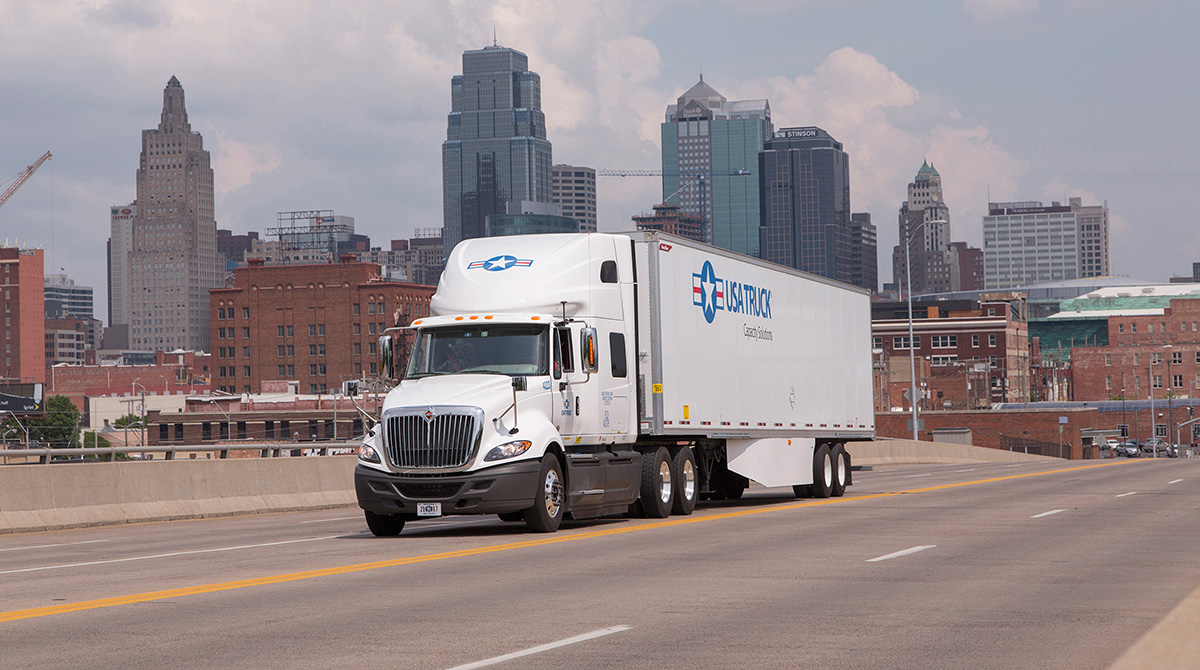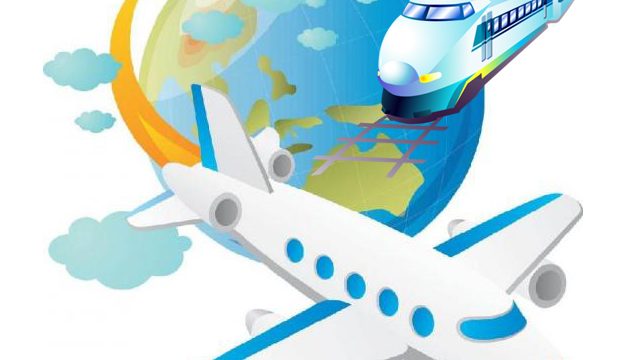Investment in US logistics
The logistics and transportation industry in the United States is highly competitive. By investing in this sector, multinational firms are positioning themselves to better facilitate the flow of goods throughout the world’s largest consumer market. International and domestic companies in this industry benefit from a highly skilled workforce and relatively low costs. US business logistics spending reached $1.6 trillion in 2018 (8% of GDP this year). In 2018, foreign direct investment in the industry amounted to $1.5 billion.

Analysts expect investment to be correlated with sectoral growth in the US economy. America’s highly integrated supply chain connects manufacturers and consumers through multiple modes of transport, including air and express delivery services, freight rail, sea and freight. To serve customers effectively, multinational and domestic firms provide specialized logistics and transport solutions that ensure the coordinated movement of goods from source to end user through each segment of the supply chain.
Sub-sectors of logistics
Logistics Services: This sub-sector includes inbound and outbound traffic management, fleet management, warehousing, material handling, order fulfillment, logistics network design, inventory management, supply and demand planning, third party logistics management, and other support services. Logistics services are involved at all levels in the planning and implementation of the movement of goods.
Air and Express Delivery Services (EDS): Firms offer expedited, time-sensitive, and door-to-door services for documents, small packages, and high-value items. With a US$87 billion industry in the United States, EMF firms also provide export infrastructure for many exporters, especially small and medium-sized enterprises that cannot afford to manage their own supply chain. The recent growth of the EDS industry has been driven by the increasing use of e-commerce by businesses and consumers.
Rail transport in the United States: Large volumes of heavy goods and products are transported over long distances throughout the United States on the rail network. Every day, this 140,000-strong system delivers an average of 5 million tons of goods and serves almost every industrial, wholesale, retail and resource-based sector of the economy. In 2017, rail transports more than 70 percent of the country’s coal, about 58 percent of its raw metal ores, 1.6 million wagons of wheat, corn and other agricultural products, and 13.7 million intermodal containers and trailers that carry consumer goods. .
Maritime: This sub-sector includes carriers, seaports, terminals and labor involved in the movement of goods and passengers on the water. Water transport provides nearly 70% of all US international merchandise trade, including 72% of US exports by tonnage.
Cargo transportation: Railless transportation of goods is carried out by road over short and medium distances. Trucking revenues were $700 billion in 2017, according to the American Trucking Associations. Trucks have moved nearly 11 billion tons of cargo this year.






